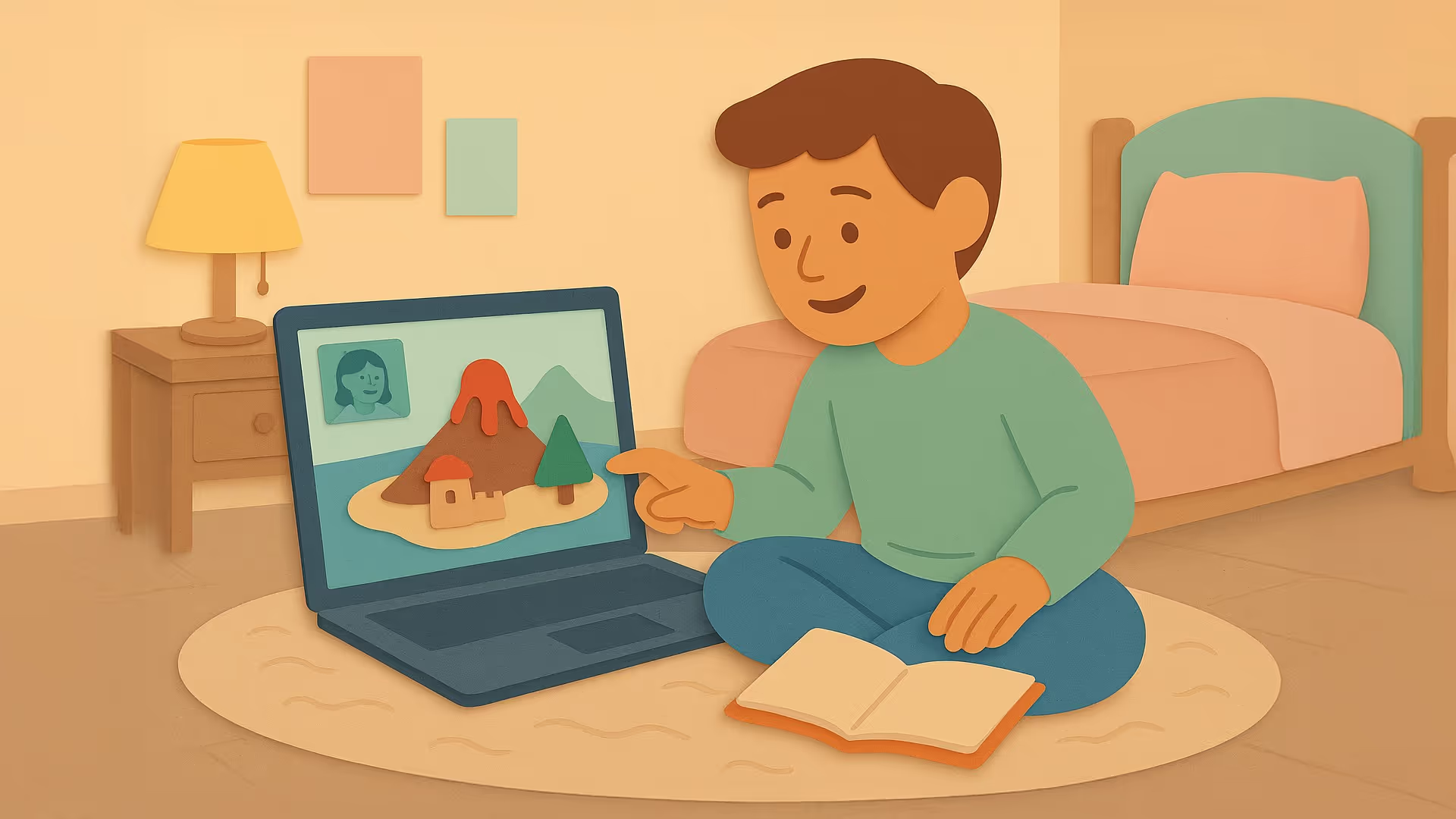Play therapy and adolescence might not seem like an obvious pairing at first. We often associate play therapy with younger clients using blocks, figurines, or sand trays that help externalize their inner worlds. But play doesn’t disappear in the teenage years, it just looks different. As teens grow, so does the way they express, process, and explore play. In virtual therapy, this transformation opens up even more creative possibilities which can offer new ways for teens to engage, reflect, and make meaning through play.
So how does play therapy meet teens where they are, especially online? Let’s unpack what it can look like and why it works.
Teens often resist traditional therapy methods that feel too adult, structured, or interrogative. They may not want to talk about their feelings directly or be “psychoanalyzed” but when play therapy is adapted to include what feels fun to them, like storytelling, music, memes, games, or character-based roleplay, clinicians offer a safe way for them to express themselves.
In virtual play therapy, this might look like:
Each of these methods taps into symbolic communication and identity formation which are central to adolescence.
Teens are still developmentally in the process of figuring out who they are. Their world is fast, digital, and social which means therapy must be flexible, creative, and responsive. Play therapy allows for:
Some therapists worry that virtual play therapy will feel too young for teens. But when we reframe “play” as creative expression, embodied metaphor, and symbolic interaction, it opens up possibilities and shifts perspectives.
We might see:
These playful exchanges are not distractions from therapy, they are therapy. They meet teens where they’re at and honor the complexity of their communication styles. Virtual play therapy with teens doesn’t require dramatic reinvention, it just asks us to shift how we define play. When we move beyond toys and into digital creativity, symbolic thinking, and interactive storytelling, we unlock new ways for teens to feel seen, safe, and understood.
Play isn’t just for children, it’s a language for every age. And in adolescence, when identity is being shaped and emotions are often tangled, that language becomes even more essential.

Lorem ipsum dolor sit amet, consectetur adipiscing elit, sed do eiusmod tempor incididunt ut labore et dolore magna aliqua. Ut enim ad minim veniam, quis nostrud exercitation ullamco laboris nisi ut aliquip ex ea commodo consequat. Duis aute irure dolor in reprehenderit in voluptate velit esse cillum dolore eu fugiat nulla pariatur.
Block quote
Ordered list
Unordered list
Bold text
Emphasis
Superscript
Subscript
.avif)